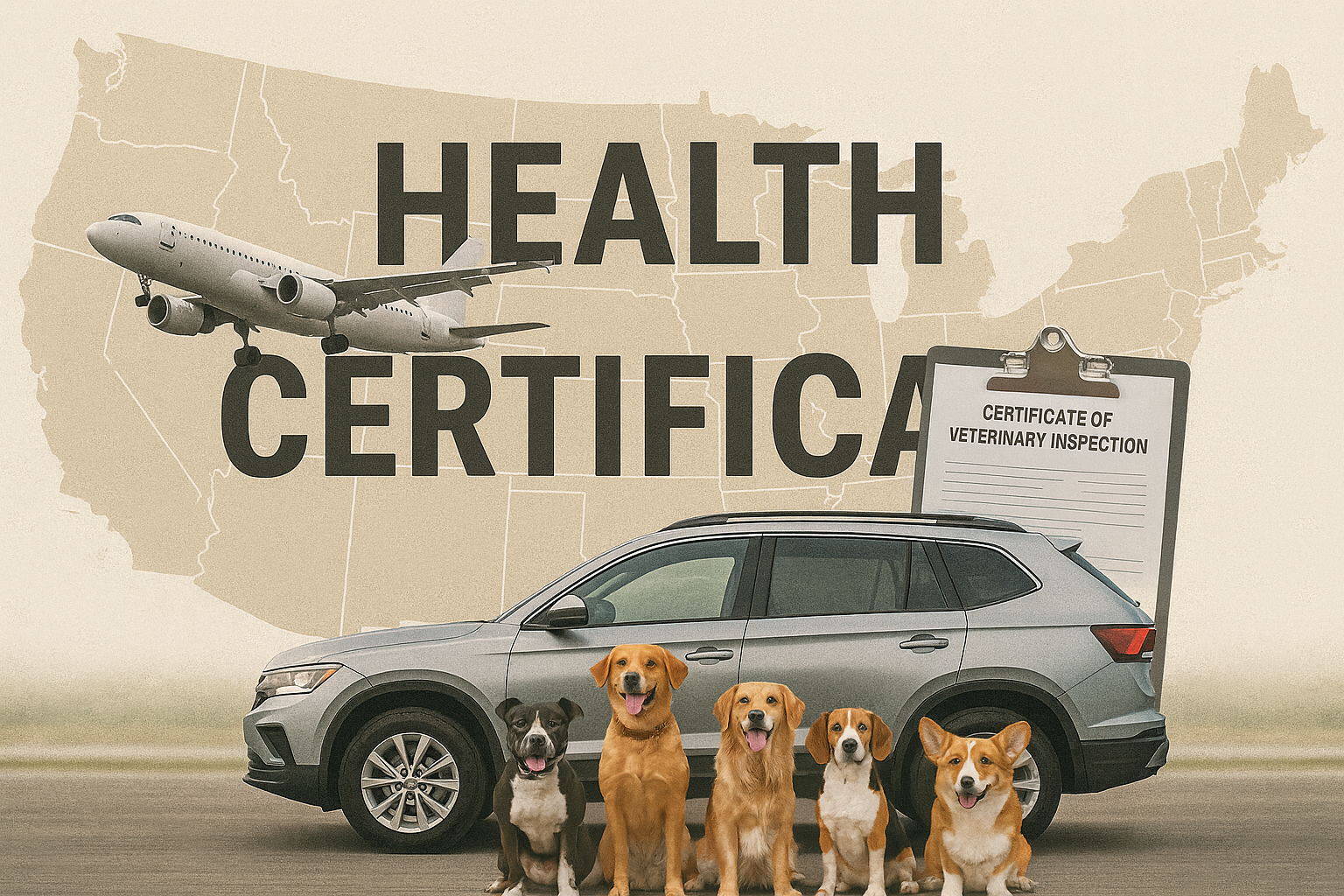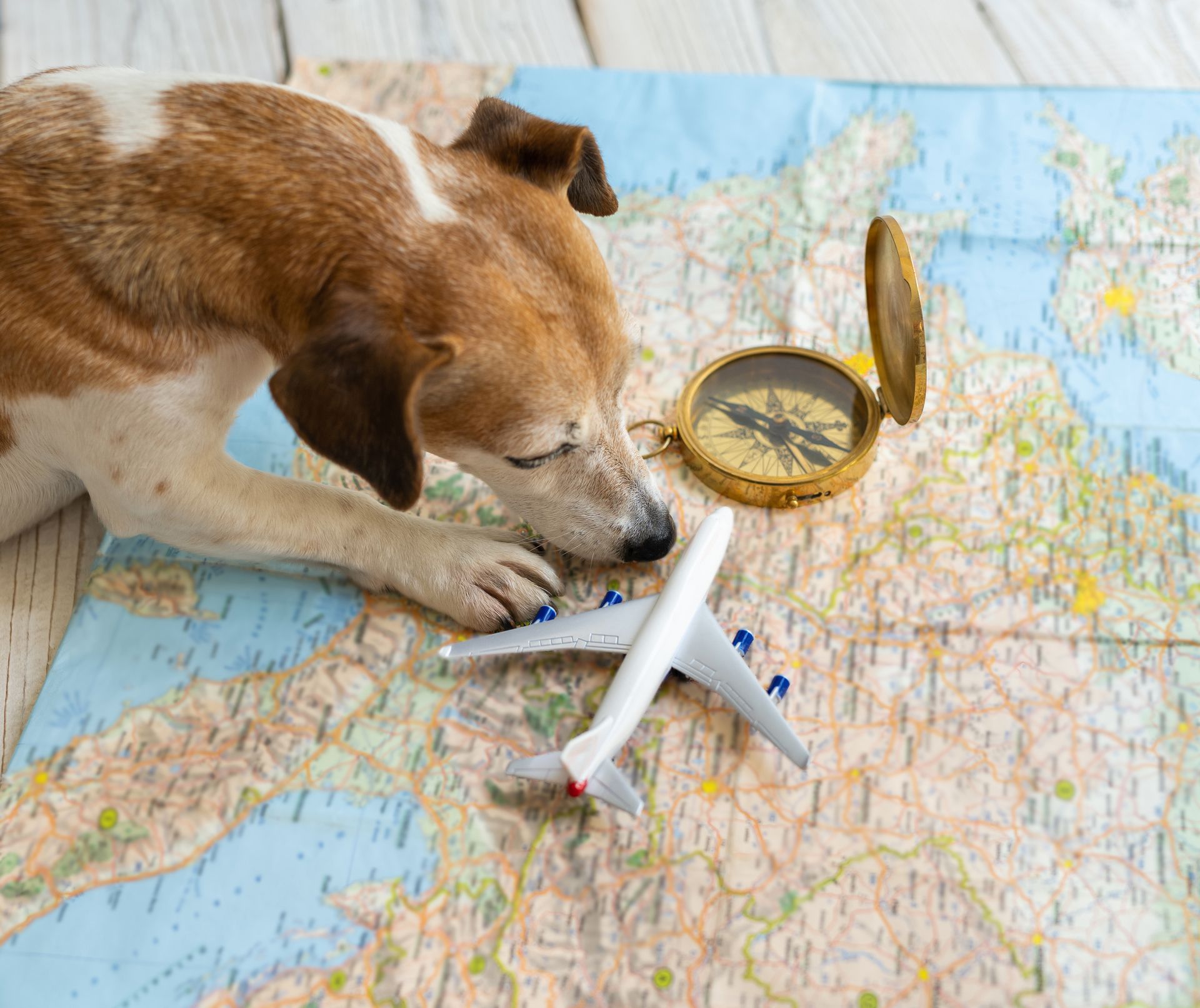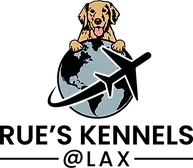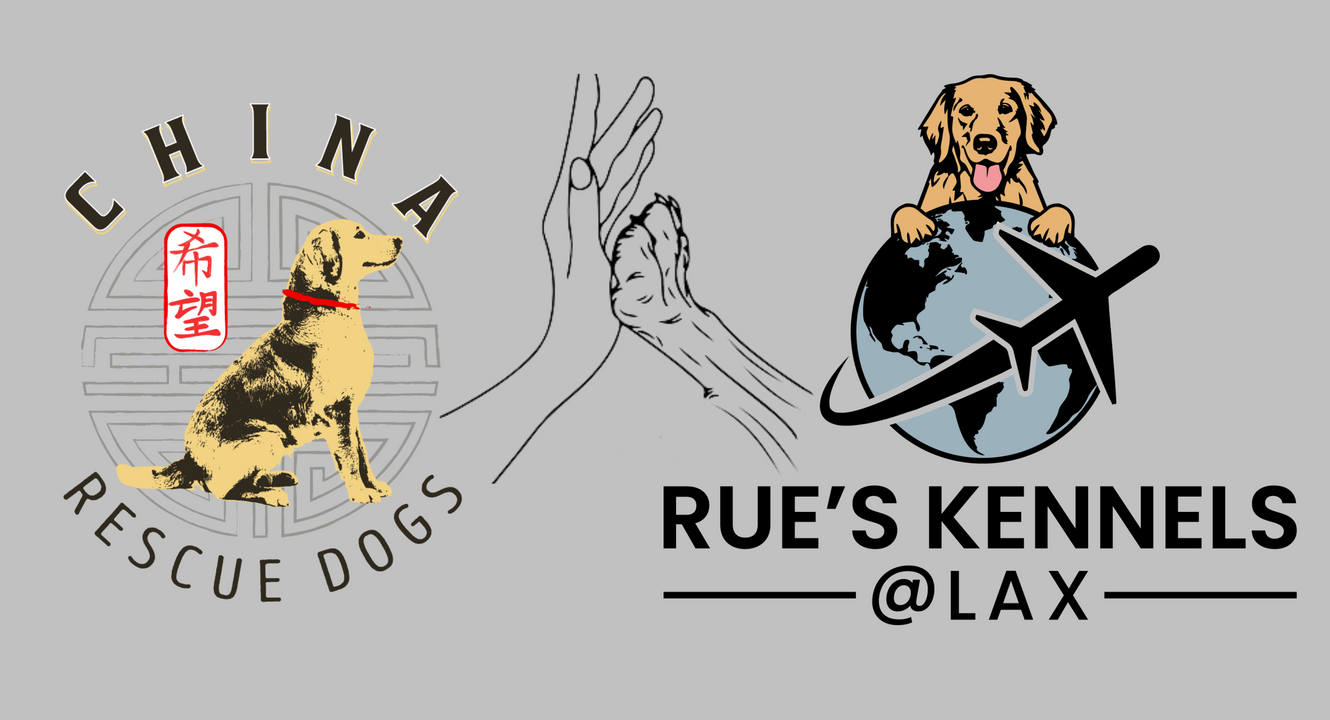How to Calculate Pet Shipping Costs: A Complete Guide
Navigating Pet Transport Costs: Tips for a Smooth Journey
Transporting a beloved pet across states or even countries can feel daunting, especially when it comes to budgeting. Understanding the factors that influence pet shipping costs can help you plan effectively and avoid unexpected expenses. In this complete guide, we’ll break down the elements that determine shipping costs and share practical tips for managing your budget while ensuring your pet’s safe journey.
Factors That Influence Pet Shipping Costs
Several variables contribute to the overall cost of shipping your pet. Here's a closer look at each factor:
1. Distance and Destination
The farther your pet needs to travel, the higher the cost will typically be. Domestic trips, such as moving a pet within the same state or across a few states, generally cost less than international relocations. However, shipping to remote or hard-to-reach areas may incur additional fees.
- Tip: Use online pet shipping cost calculators to estimate costs based on your pet’s origin and destination.
2. Mode of Transportation
The mode of transportation significantly impacts the price:
- Air Travel: Ideal for long distances or international trips, but it’s usually the most expensive option.
- Ground Transport: A more affordable choice for short to medium distances, especially when using shared pet transport services.
- Specialty Services: Some companies offer private, door-to-door ground transport, which is pricier but offers personalized care.
3. Size and Weight of Your Pet
Larger and heavier pets require bigger crates and more space, leading to increased shipping fees. Airlines often have weight brackets for pets, with heavier animals incurring higher costs.
- Tip: Check weight and size restrictions with your chosen airline or service provider to avoid surprises.
4. Pet Type and Breed
Some breeds require special handling due to health concerns. For example:
- Snub-nosed breeds like Bulldogs or Persian cats may need climate-controlled environments due to breathing difficulties.
- Exotic pets, like reptiles or birds, might require specialized carriers or handling.
These needs can increase shipping costs.
5. Health Certificates and Documentation
Many states and countries mandate health certificates, vaccinations, and other documentation for pet travel. These can include:
- Rabies vaccination records.
- USDA certification for international travel.
- Import permits for certain countries.
The costs for these documents vary depending on your veterinarian and destination requirements.
6. Travel Crates and Accessories
A proper travel crate is essential for your pet’s safety and comfort. Airlines and transport companies have strict guidelines on crate size, ventilation, and construction.
- Basic Crates: Cost anywhere from $50 to $200 depending on size and quality.
- Custom Crates: If your pet has specific needs, custom crates can cost upwards of $500.
7. Seasonal and Peak Pricing
Shipping pets during peak travel seasons, like summer vacations or the holidays, often costs more due to increased demand. Similarly, some destinations may have weather-related surcharges for climate-controlled transport.
8. Additional Services
Many pet shipping companies offer optional services that can increase your overall costs, such as:
- Pet insurance for travel.
- Boarding before or after transit.
- Real-time GPS tracking.
- Tip: Evaluate which services are truly necessary to balance cost with convenience.
Budgeting Tips for Pet Shipping
To keep costs manageable without compromising your pet's safety and well-being, follow these budgeting tips:
1. Plan Ahead
Last-minute bookings can lead to significantly higher costs. Start planning your pet’s travel at least 1-2 months in advance for domestic trips and 3-6 months for international relocations.
2. Compare Shipping Providers
Not all pet shipping services charge the same rates or offer the same quality of care. Get multiple quotes and read reviews to ensure you’re choosing a reliable provider that fits your budget.
- Pro Tip: Look for providers that specialize in your pet’s species or breed for added peace of mind.
3. Choose Shared Transport When Possible
Shared transport services allow multiple pets to travel together, reducing costs compared to private or exclusive options.
4. Optimize Crate Selection
Invest in a durable crate that meets airline or transport regulations, but avoid overpaying for unnecessary features. Reusing a previously approved crate can also help save money.
5. Account for Hidden Costs
Beyond the basic shipping fee, budget for the following potential extras:
- Veterinary exams and certificates.
- Crate purchase or rental.
- Food and water for the journey.
- Import/export fees for international travel.
6. Check for Discounts
Some pet transport companies offer discounts for multiple pets, military families, or early bookings. Don’t hesitate to ask about promotional rates.
Average Costs of Pet Shipping
While prices vary, here are some general estimates to help you gauge what to expect:
- Domestic Ground Transport (Short Distance): $150–$300
- Domestic Ground Transport (Long Distance): $300–$700
- Air Travel (Domestic): $200–$1,000
- Air Travel (International): $1,000–$3,500
These prices can fluctuate based on the factors mentioned earlier.
Why Choose Professional Pet Shipping Services?
While you might consider handling your pet’s relocation independently, professional services offer several advantages:
- Expertise: Professionals understand travel regulations, ensuring compliance with legal requirements.
- Safety: Your pet will receive appropriate care and handling throughout the journey.
- Convenience: Providers manage the logistics, saving you time and stress.
For reliable and compassionate care during your pet’s journey, Rue's Kennels Pet Transport Services offers a range of options tailored to your needs. Whether you’re relocating across the country or internationally, we provide seamless solutions to ensure your furry friend arrives safely.
Final Thoughts
Shipping your pet doesn’t have to be overwhelming or cost-prohibitive. By understanding the factors that influence pet shipping costs and following smart budgeting strategies, you can provide a smooth and stress-free journey for your pet. Take the time to research, plan, and choose a reputable shipping provider to guarantee a positive experience for both you and your furry companion.
Ready to start planning your pet's journey? Contact Rue's Kennels today for a personalized quote and expert guidance. Let us help you navigate the process with care and confidence!
share this
Related Articles
Related Articles
















